Poland, with its rich history, has been a melting pot of architectural styles and influences. From the medieval Gothic structures to the modernist designs of the 20th century, the country’s architecture tells a story of its past, its struggles, and its aspirations. Here’s a deeper dive into some of Poland’s most iconic architectural wonders:
Gothic Masterpieces
Wrocław Cathedral
Located on the Ostrów Tumski island, the Wrocław Cathedral, or the Cathedral of St. John the Baptist, is a testament to the grandeur of Gothic architecture. With its twin spires reaching towards the sky, it stands as a beacon of the city’s religious and architectural heritage. The cathedral has witnessed numerous reconstructions, especially after the damage during World War II, but it has always retained its Gothic essence.
Photo taken from pinterest.com

Collegiate Church
of the Holy Cross and St Bartholomew in Wrocław: Situated close to the Wrocław Cathedral, this church is renowned for its stunning interiors and the unique double chapel. The upper chapel is dedicated to St. Bartholomew and the lower to the Holy Cross. Its ribbed vaults and the stellar patterns are classic examples of Gothic architectural details.
Photo taken from wikimedia.org
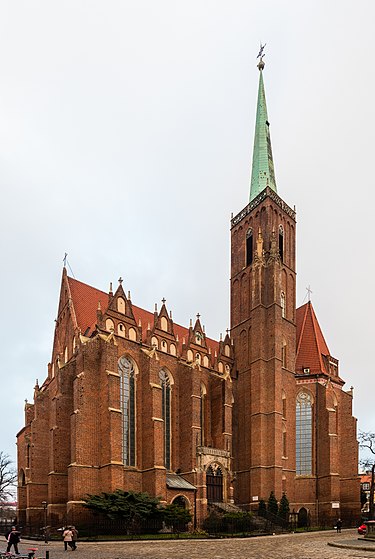
Malbork Castle
As previously mentioned, this massive brick fortress stands as a monument to the Teutonic Order’s influence in Poland. Its intricate design, defensive walls, and the sheer scale make it a must-visit for anyone interested in Gothic architecture and medieval history.
Photo taken from pinterest.com

Renaissance Relics
Wawel Castle in Krakow
This castle is not just an architectural marvel but also a symbol of Polish national identity. The Renaissance courtyards and chambers juxtapose beautifully with the earlier Gothic structures, reflecting the evolution of architectural trends.
Photo taken from pinterest.com
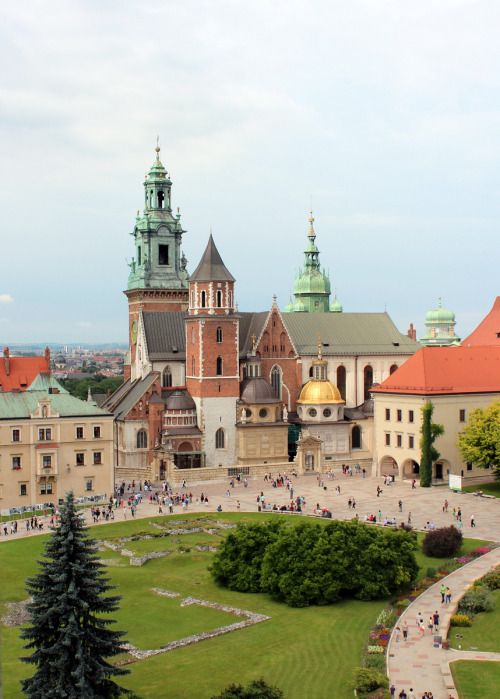
Cloth Hall in Krakow
Situated in the Main Market Square, the Cloth Hall has been the hub of trade in Krakow for centuries. Its Renaissance arcades and the detailed façade are a reflection of the city’s prosperity during the Renaissance era.
Photo taken from pinterest.com
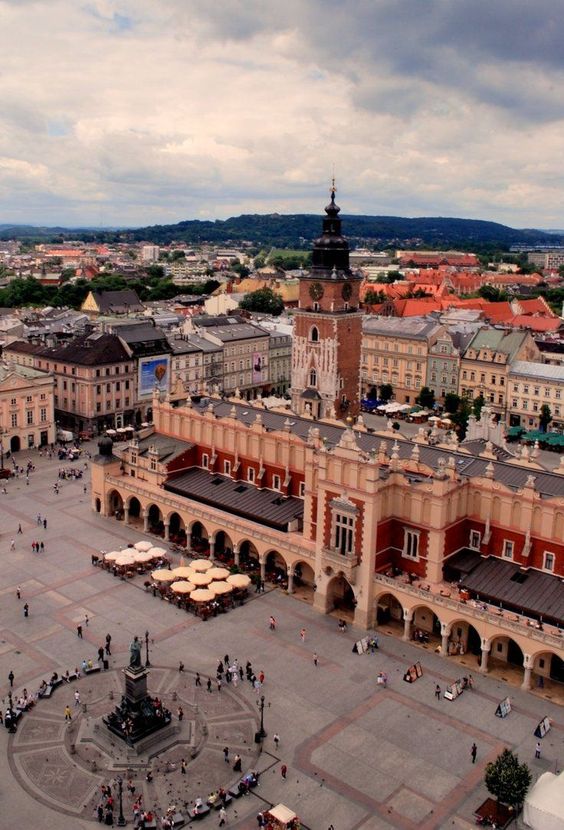
Zamość Cathedral
Officially known as the Cathedral of the Resurrection and St. Thomas the Apostle, it stands as a centerpiece in the city’s market square. Its ornate interiors and the blend of Gothic and Renaissance elements make it a significant religious and architectural landmark.
Photo taken from wikimedia.org
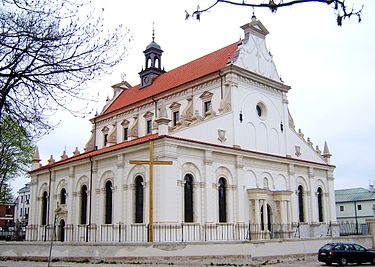
Baroque Brilliance
St. Kazimierz Church in Warsaw
Nestled in the New Town of Warsaw, this church is a Baroque beauty. Its façade, adorned with sculptures and intricate designs, and its lavish interiors, make it a significant religious site in Warsaw.
Photo taken from pinterest.com

Wilanów Palace in Warsaw
This palace is a testament to the Baroque style’s opulence, with its ornate façade, beautifully landscaped gardens, and richly decorated interiors. It serves as a reminder of Poland’s royal past and the European influences on its architecture.
Photo taken from pinterest.com
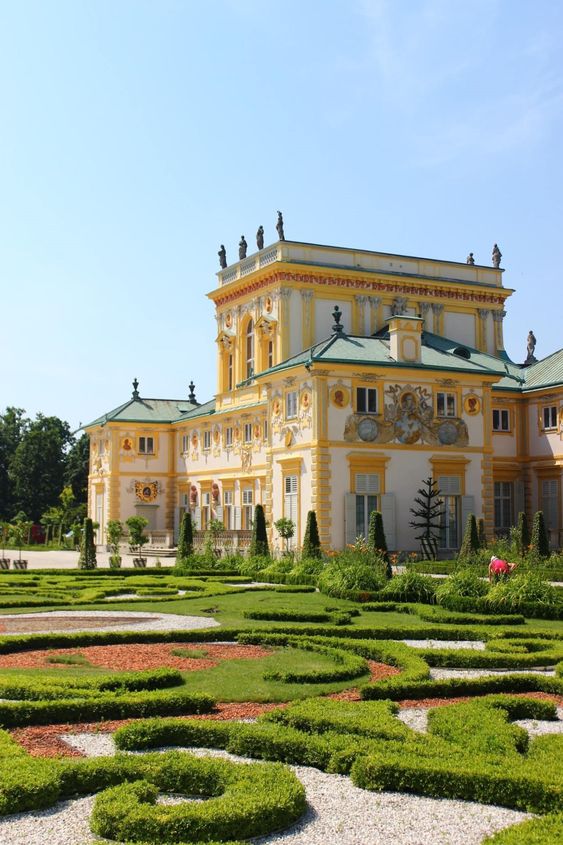
Neoclassical Novelties
Palace on the Isle in Warsaw
Located in the Łazienki Park, this palace is a perfect example of neoclassical architecture. Its symmetrical façade, columns, and the surrounding water features make it a serene and picturesque spot in Warsaw.
Photo taken from pinterest.com

Grand Theatre in Warsaw
As the heart of Poland’s cultural scene, this theatre’s neoclassical design is grand and imposing. Its columns, statues, and the grand staircase inside are a reflection of the city’s commitment to the arts.
Photo taken from pinterest.com
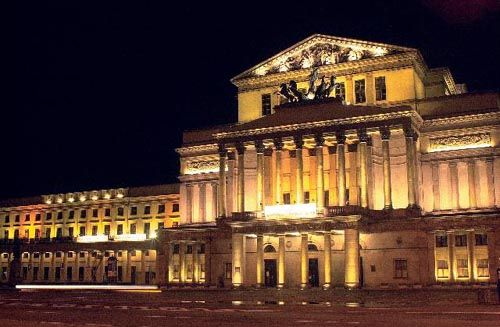
Modern Marvels
Centennial Hall in Wrocław
This architectural marvel, with its massive dome and reinforced concrete structure, stands as a symbol of modernist design. It has been a venue for numerous exhibitions, concerts, and events, making it a significant cultural hub.
Photo taken from pinterest.com
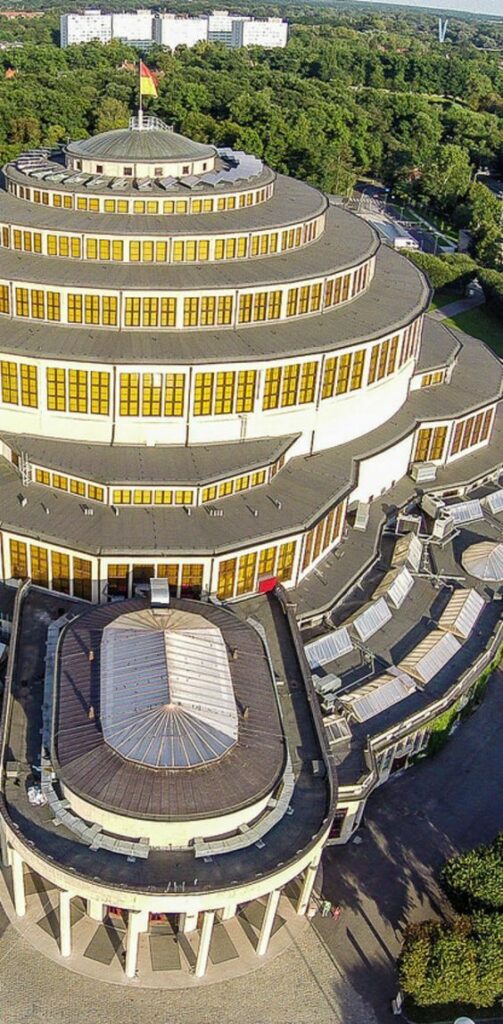
Palace of Culture and Science in Warsaw
Towering over Warsaw, this building is a blend of socialist realism and Polish historicism. Gifted by the Soviet Union, it has been a point of contention and pride. Today, it houses theaters, museums, and even a cinema, making it a bustling center of activity.
Photo taken from pinterest.com
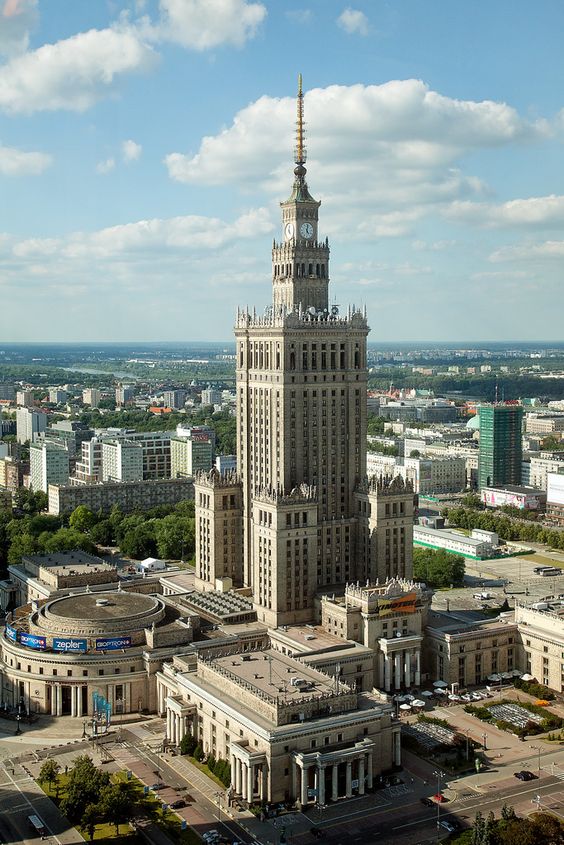
These architectural wonders not only showcase Poland’s rich history but also its resilience and adaptability. Each structure, with its unique design and story, offers a glimpse into the country’s past and its journey through the ages. Whether you’re an architecture enthusiast or a history buff, Poland’s buildings are sure to captivate and inspire.
